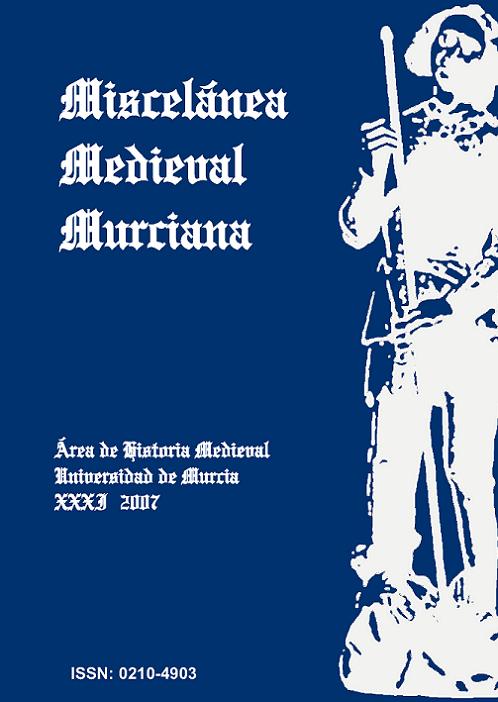LOS ROMANCES DE MALMARIDADA A LA LUZ DE CÓDIGOS CULTOS
Abstract
The Spanish romances of malmaridada, unlike the French originals, more than presenting the unfortunate matrimonial union, go deeply into the husband’s , the wife’s and the lover’s characteristics, and into the whole married situation in a surreptitious manner. What could be just a story of men betrayed by their women becomes into a profound psychological framework that explains, thru key words or a code, the causes of the adultery. Twenty-century scholars hid with the patriarchal ethic the dark nooks of this home and focused their research on the woman’s punishment, supposedly just. They did not investigate the repetition, far from accidental, of certain sequences and words, whose continuity in time, not only vindicates them, but also, determines them as indispensable. We are to apprehend the romances of malmaridada as a whole that, beyond an ending frequently oppressive, state conspicuous judgment against asymmetrical marriages.Downloads
Las obras que se publican en esta revista están sujetas a los siguientes términos:
1. El Servicio de Publicaciones de la Universidad de Murcia (la editorial) conserva los derechos patrimoniales (copyright) de las obras publicadas, y favorece y permite la reutilización de las mismas bajo la licencia de uso indicada en el punto 2.
2. Las obras se publican en la edición electrónica de la revista bajo una licencia Creative Commons Reconocimiento-NoComercial-SinObraDerivada 3.0 España (texto legal). Se pueden copiar, usar, difundir, transmitir y exponer públicamente, siempre que: i) se cite la autoría y la fuente original de su publicación (revista, editorial y URL de la obra); ii) no se usen para fines comerciales; iii) se mencione la existencia y especificaciones de esta licencia de uso.
3. Condiciones de auto-archivo. Se permite y se anima a los autores a difundir electrónicamente las versiones pre-print (versión antes de ser evaluada) y/o post-print (versión evaluada y aceptada para su publicación) de sus obras antes de su publicación, ya que favorece su circulación y difusión más temprana y con ello un posible aumento en su citación y alcance entre la comunidad académica. Color RoMEO: verde.





